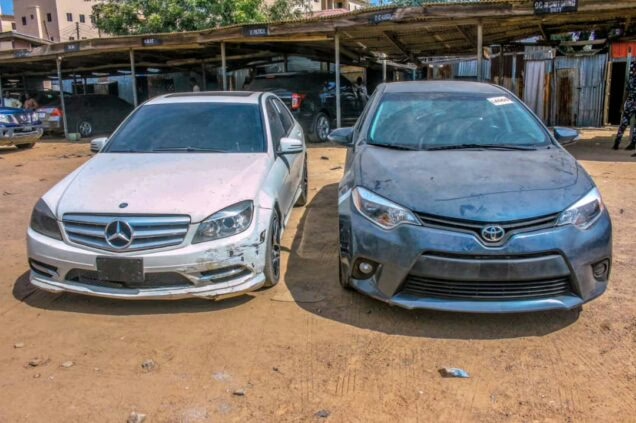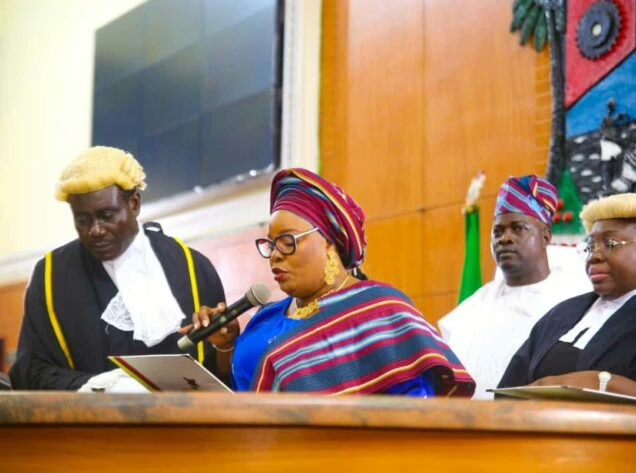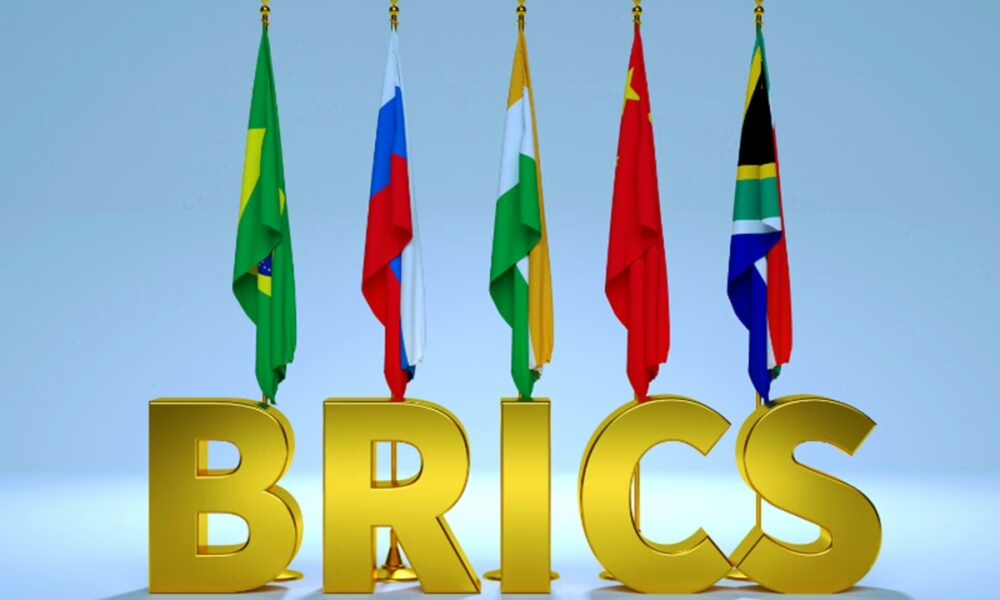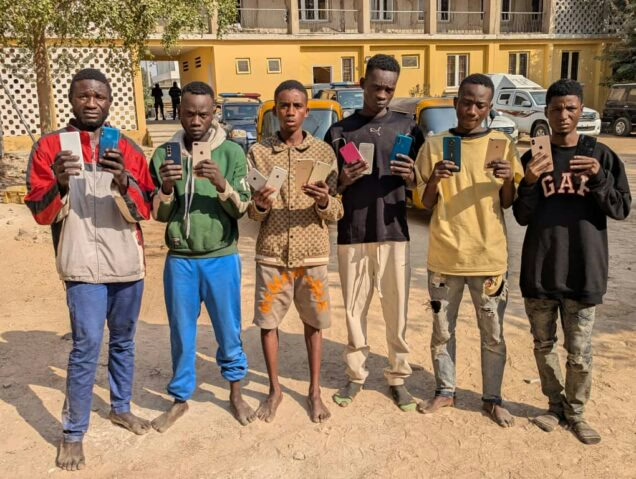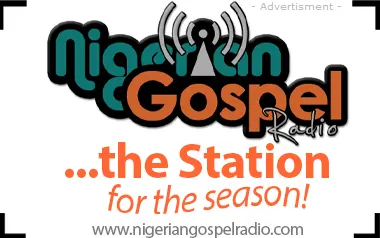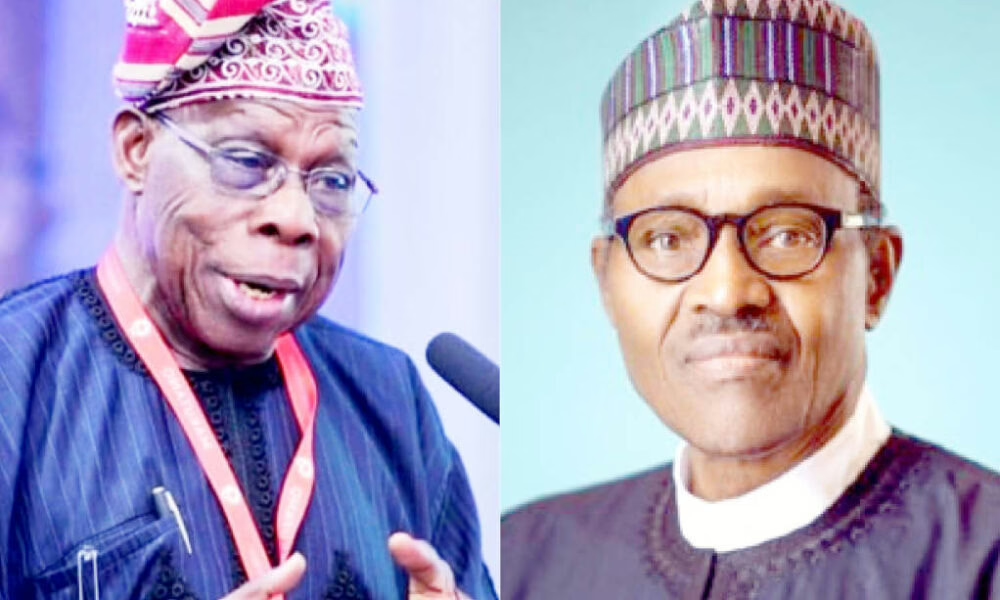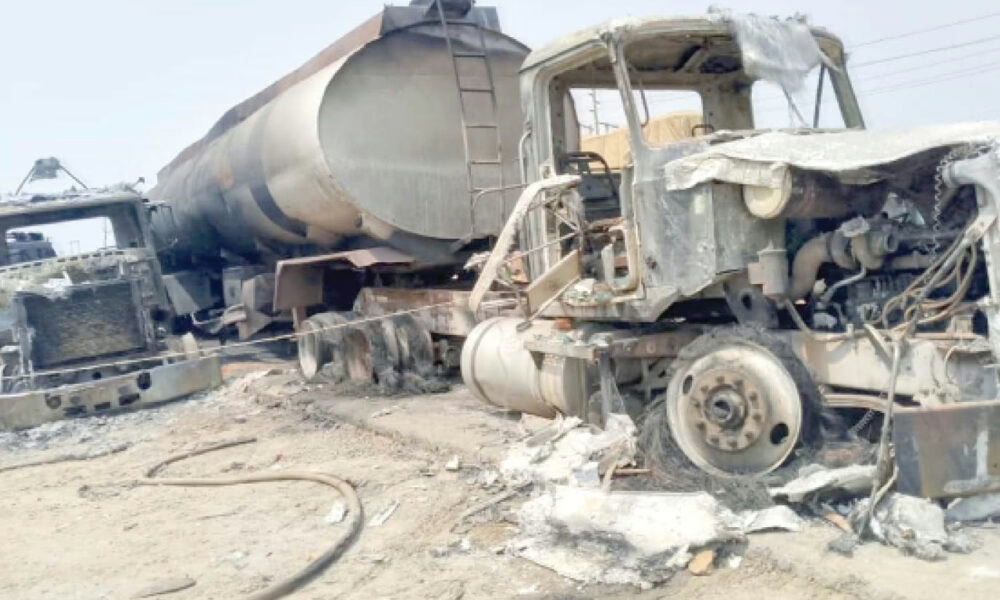President Muhammadu Buhari on Tuesday unveiled the iconic first phase of the Lagos Blue Line Rail project completed by the administration of Governor Babajide Sanwo-Olu.
The first phase of the Blue Line Rail project runs from Marina to Mile 2.
Sanwo-Olu had on 21st December announced the Lagos Rail Mass Transit Blue Line, phase one completion from Marina to Mile two, ahead the official unveiling by the President and commencement of commercial operations.
Buhari arrived the venue at about 11:25am, rode in the Blue Line Rail accompanied by Governor Sanwo-Olu, other top government functionaries from Marina to Mile 2.
Sanwo-Olu, who acknowledged the visionary role of the former Governor of the state and Presidential Candidate of the All Progressives Congress, APC, Bola Tinubu as the designer of new Lagos, described the milestone in the development of the Lagos Rail Mass Transit as the culmination of several impactful reforms in the transport ecosystem of Lagos State, starting in 1999. One of the trains for the project
The Governor urged Lagos residents to own the project which will reduce travel time, improve the quality of lives of residents and make Lagos a resilient mega city that can compete with others in the world.
The state’s Deputy Governor, Dr. Kadri Hamzat thanked Buhari for providing a conducive environment for the implementation of the project, noting that there are six Railway projects in the Lagos Transportation Master plan which are people oriented.
Chairman of China Civil Engineering Construction Company (CCECC) Nigeria Limited, Zhang Zhichen thanked the Lagos State Government for its long-term trust and support and moves to ease traffic congestion within the metropolis.
The Blue Line Rail project in the first phase will move 250,000 passengers daily, while on completion, it is anticipated that 500,000 people will commute daily on the rail line.
Meanwhile, Buhari unveiled the John Randle Centre for Yoruba Culture and History located in Onikan area of Lagos Island.
The Centre forms part of an urban regeneration project at the heart of Lagos Island, a part of the city steeped in rich history. The project seeks to restore a public swimming pool built in 1928 with updated facilities, and to create a centre piece community building with a 1,000 square-metre exhibition gallery that tells the story of Yoruba history and culture through a journey from its origins, through present day, to the future.
Both interventions are situated in a landscaped park, an homage to the 18th-century King George V Park, which was built over in the last century. Trains for the rail project
The architecture of the Centre takes it cues from traditional Yoruba architecture and craftsmanship, using visual metaphors to reflect the strong art and philosophical origins of the language and culture. The building form responds to its context in the shape of a fractal, rises from the earth and leans forward as a nod to Itesiwaju, reflecting the progressive nature of the Yorubas.
The buildings are finished in a dyed Tyrolean, evocative of the mud aesthetic of old Yoruba architecture. A metallic screen across the face of the curved façade represents a weave, a time-honoured skill found in everyday Yoruba life. A green roof ties the building to the landscape, helps to reduce the building’s thermal load and provides additional interactive outdoor space.
The Centre, pool and landscape will act as a catalyst for regeneration of the area and a nostalgic return of public recreation space to the heart of Lagos Island. The John Randle Centre will aim to engage the public with the richness of Yoruba culture and history; its impact through art, music, religion, language; its reach around the world through popular culture; and its significance in leaving a legacy for future generations.


